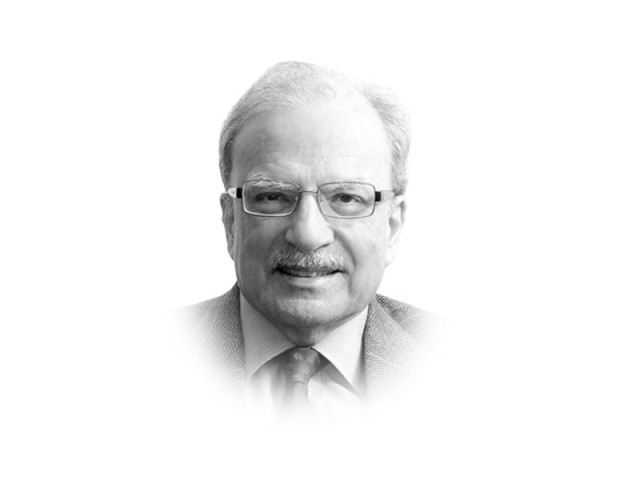Managing the new wave of displaced people
Govt must prepare Karachi to receive another Pakhtun wave as some IDPS are very likely to head towards Karachi.

Those who were doubtful about this line of thinking wrote that some of the migrations I had included in my analysis occurred decades ago. For instance, the Muslim refugees who came from India to Pakistan in 1947 are now into their third generation. The fact that they left India almost 70 years ago can’t motivate their political behaviour and inform their economic interests. They must be more concerned about their present than about their grandparents’ past.
I was, however, making a different point. When people move in very large numbers and settle among those of very different social and economic backgrounds, they maintain their separate identity. We can’t understand Karachi’s development as one of the world’s mega cities without taking note of the differences between those who arrived in the city in 1947 from those who constituted the city’s original population. When this mass movement of people occurred, Karachi had a population of less than half a million. In 1951 when Pakistan conducted its first census, those Karachi citizens who were born outside the city constituted two-thirds of its population.
The muhajir community went through the same experience when the Pakhtuns arrived in three distinct waves. The first was made up of construction workers; the second by the Afghan refugees; and the third by the rise of extremism in Pakistan’s tribal areas. It was the last group that was successfully infiltrated by the Taliban. To refer to this last development as the ‘Talibanisation of Karachi’ may be bit of an exaggeration, but there is some truth in this. It is this development that has to be borne in mind when dealing with the new wave of IDPs.
Two scenarios can be constructed based on Pakistan’s history. The first is the least plausible one but is the one on which Islamabad and Rawalpindi are basing their current approaches. This one sees all those displaced by the Operation Zarb-i-Azb returning to their homes once the military has done its work. Even if the military succeeds, it is unlikely that all those who have left North Waziristan will go back. That did not happen with those five million or so refugees who left Afghanistan during the war against the Soviet Union. About a million and a half stayed back and a significant number of those who did not return went to Karachi.
The choice of Karachi as the final destination was because of the attraction offered by the establishment of the Pakhtun bastis that were created by those who came to the city during the 1950s. This type of movement is likely to happen again. For the moment, the administrations in Islamabad and Peshawar are occupied with the enormous task of feeding, housing and providing health care to this population. Once this phase is over, the government would have to deal with those who do not wish to return to their homes. Some of them are very likely to slip out of the camps and head towards Karachi, and to a lesser extent move into other large cities.
We know from other cases of displacements that displacement produces incentives for further displacement. Much of the economic activity in North Waziristan would have been badly hurt by the military action and the tribal agency will not have many job opportunities available once the operation is over.
There are, therefore, two areas for government action. The first is to start a large development programme in North Waziristan to create jobs for the displaced youth. A serious effort should also be made to set up educational institutions for the young. The donor community, concerned about the area once again becoming a breeding ground for terrorism, would be prepared to assist. Such a plan needs to be developed and funded quickly and it should be given a name that would attract the would-be beneficiaries. The second area is to prepare Karachi to receive another Pakhtun wave.
Published in The Express Tribune, July 14th, 2014.
Like Opinion & Editorial on Facebook, follow @ETOpEd on Twitter to receive all updates on all our daily pieces.














COMMENTS
Comments are moderated and generally will be posted if they are on-topic and not abusive.
For more information, please see our Comments FAQ